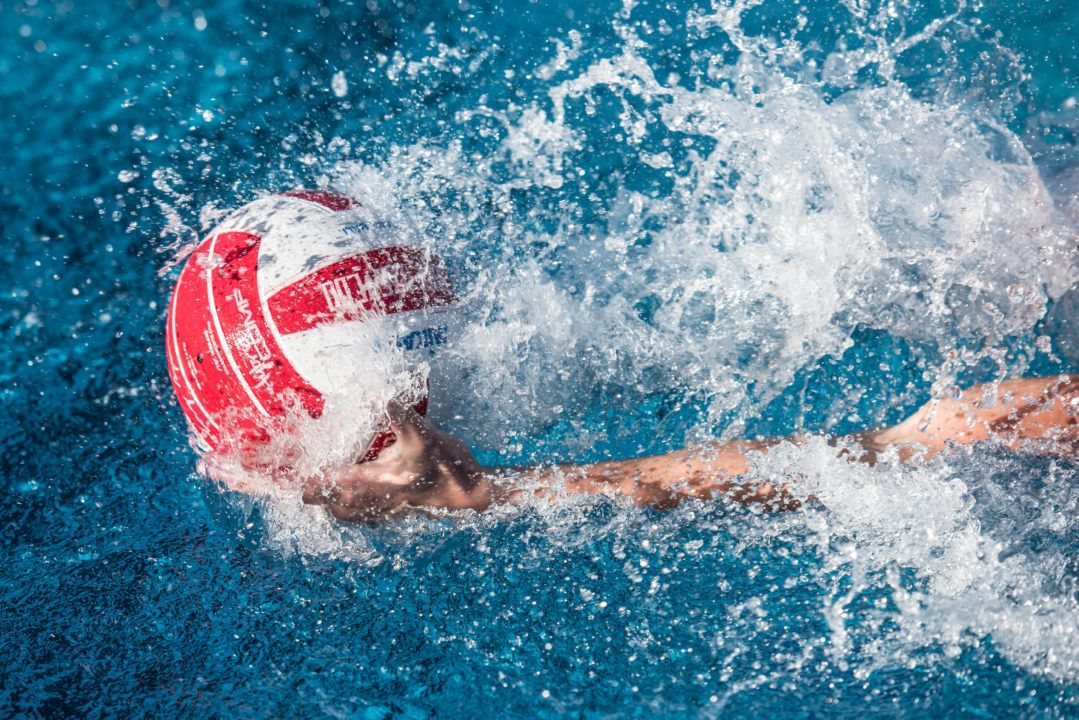Water polo differs from swimming for vertical floating that enables players to take a position and do all the technical movements required, including dribbling and throwing.
Floating in vertical position requires focusing on different parts of the body at the same time. This is to say that an appropriate training is needed to stabilize floating skills which enable players’ upper body to carry out any kind of movement.
Here is an accurate list of the body part involved during floating:
- Ankles need to be bent at 90 degrees. This skill is very important since it enables the feet to find the right base of support while the legs perform the eggbeater;
- Knees allow rotation of the legs. Moreover, they facilitate the feet in finding a stable base in the water while keeping the body in a vertical position;
- Hips: they are considered the most important part of the body for their pivot junction with the legs. Hips play a major role in performing the eggbeater since the movement starts from them. The hips have an opening movement involving legs, which is like the ones concerning the ankles and the knees. In fact, it allows the legs to find a stable base in the water by lifting and lowering the femur. The hip junction movement plays a fundamental role in body movements and in stabilizing the shoulders. Hence, it is crucial for scoring goals, passing, and keeping a good position in attacking and defending.
- Hands and arms play also an important role in performing a correct technique, as the sculling.
Sculling requires that hands, wrists, elbows and shoulders move in synchrony to function as support for the body. This is particularly important when the player is performing eggbeater without holding the ball. Otherwise, it is also important when the player is holding the ball with one arm outside the water with the clear intention to pass it. Sculling is a movement carried out by prone palms, which move together away from the chest to open water and close inside. Sculling and eggbeater together are necessary movements to enable the body having a clear direction during the ball passing and shooting. They are also fundamental in case of a player marking an opponent.
Sculling can also be utilized to raise the body out of the water and gain some crucial centimeters to get closer to the goal and have better opportunity to score. This specific task depends on the frequency of the movement and circumstances.
Keep the body still out the water is another important technique that requires high frequency of movement. Here, sculling and eggbeater work together to push out the body as high as possible and support it for a short while.
When the body needs to change direction from backward to forward or vice-versa, the eggbeater needs to be performed in the opposite way to enable the body to push towards the desired direction. If there is the need to move the body either to the left or to right side, legs need to form a ? shape.
The ? shape is taken from the lower leg, which is the one supporting the body while doing the eggbeater. In the meanwhile, the other leg moves backward near the water surface and this enables the body to be pushed towards the desired direction.
The trunk could have an impact on the eggbeater in case the player needs to perform twists, such as in the case of teammates passing the ball or to hold a certain position while playing.
The eggbeater is the first of the basic techniques that needs to be learned properly by players at any age: it could easily lead in facilitating the opponents in case it is not well performed during games.
The eggbeater is a technique that needs a hard work out in the gym to be correctly performed. Squats and Steps are ideal exercises that can be used to strengthen the femoral girdle as well as the tendon in the acetabulum concave. This might be subjected to a risk of inflammation if it is not trained properly. Moreover, the external tendons of the knees need a specific training to be capable in supporting the weight when holding the ball in the water or in case of the opponent’s pressure.
In water polo, the eggbeater is the coordination skills used by all the players in all the styles but backstroke. All water polo players need to perform a good eggbeater to be able to coordinate a fast and efficient teamwork. This is particularly true in the case of finalizing an attack phase by scoring a goal or in a defensive phase by blocking the opponents during their attack phase.
